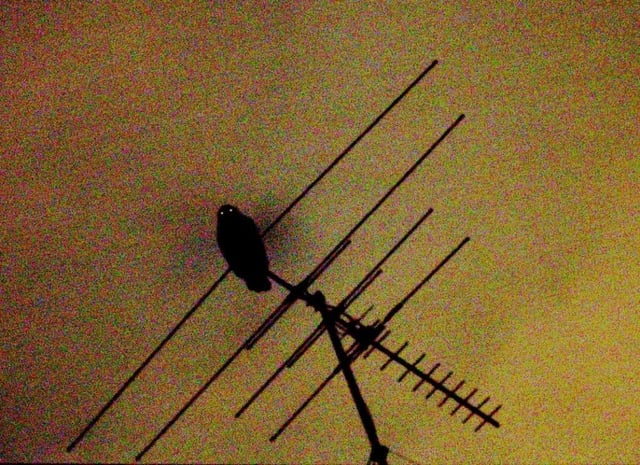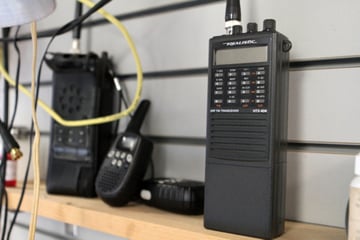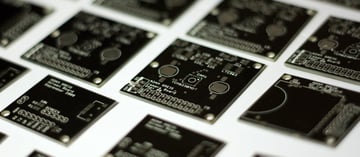
This post is the first in a series on understanding, finding, and mitigating interference for operators of wireless audio equipment.
Interference is any manmade or natural, intentional or accidental electromagnetic energy that creates unwanted interactions between radio equipment. The keystone word in this definition is unwanted. RF signals and noise do not cause harm inherently. They only become harmful interference when they influence the reception or transmission of RF technology and negatively impact human operators.
There is not always agreement on what constitutes interference, because RF interference can be both signal and interference at the same time. For example, to someone watching an over-the-air program transmitted by a local digital television station, the signal they receive is a desired signal. But to someone operating a wireless microphone on that TV station's frequency, the same signal is interference.
Because one operator’s signal is another’s interference, most industrialized nations have set up user hierarchies that dictate who has the “right of way” to operate radio equipment on a particular frequency. In the United States, unlicensed UHF wireless microphones have the least authority of all the devices permitted to operate there. They must accept any interference they receive from other unlicensed users and licensed users, like television stations.
For this reason, the wireless microphone operator is forced to fight interference with a limited—but still powerful—set of tools.
Many of these tools work by manipulating the signal-to-noise ratio to mitigate interference. Understanding the relationship between noise floor and signal is crucial to correct wireless systems operation. The noise floor is the average level of the many signals in a given location that creates a “floor” of RF energy. Since there are so many signals at a given location arriving from so many different places, the many signals average out to approximately the same amplitude. The distance (however you want to measure it, dBm, mW, etc.) between the noise floor and the amplitude of the useful signal is the signal-to-noise ratio.
A microphone receiver chooses what it believes to be the correct signal using signal-to-noise ratio. Even the most expensive digital receiver uses SNR calculations to determine signal, among a few other methods.
In other words, receivers choose the strongest of many signals even if that signal is obviously not the one you want. If a microphone signal arrives at an amplitude that is near or below the noise floor, the receiver will have difficulty distinguishing signal from noise, no matter how expensive the gear. For this reason one of (perhaps even the) most important goals in wireless audio is to ensure the highest possible signal-to-noise ratio between noise floor and transmitter signal.
More to come on what causes interference, finding interference, and fixing it. Stay tuned...
Leading image courtesy Peter Woodard. May it haunt your dreams.
Alex Milne
Alex Milne was Product Marketing Manager and Digital Marketing Manager for RF Venue, and a writer for the RF Venue Blog, from 2014-2017. He is founder and CEO of Terraband, Inc., a networking and ICT infrastructure company based in Brooklyn, NY., and blogs on spectrum management, and other topics where technology,...
More from the blog
Subscribe to email updates
Stay up-to-date on what's happening at this blog and get additional content about the benefits of subscribing.




